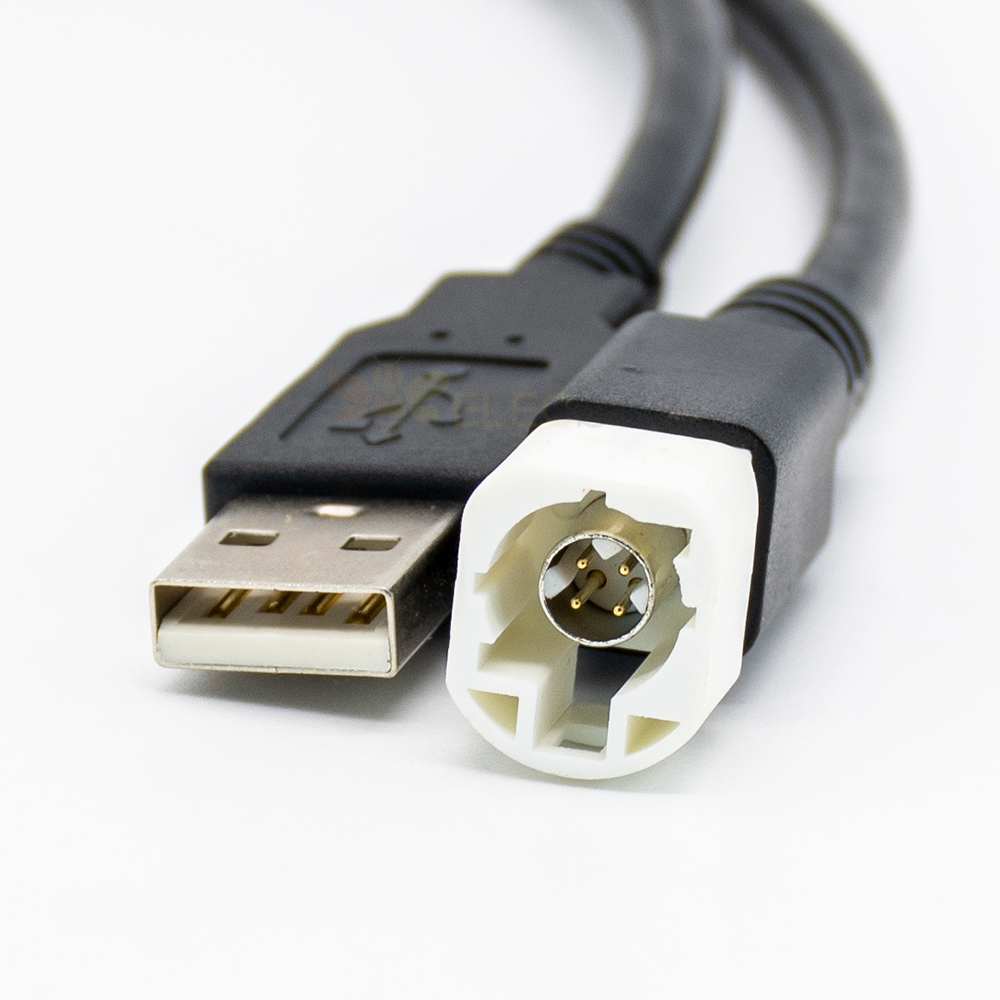When it comes to audio and video equipment, the cables used to connect them can have a significant impact on the quality of the signal transmitted. There are many types of cables available on the market, each with its own set of features and advantages. One such cable is the HSD cable, or High-Speed Data cable, which we will explore in this article and how it differs from other cables.
What is an HSD Cable?
An HSD cable is a type of cable that is designed to transmit high-speed data, primarily between audio and video equipment. It is also referred to as a high-speed digital cable or a high-speed HDMI cable. HSD cables are made using advanced technology, allowing them to transfer data at high speeds without any loss of quality or signal degradation.
HSD cables are used to connect devices such as computers, gaming consoles, Blu-ray players, and home theater systems to a TV or monitor. They can also be used to connect audio equipment such as speakers and amplifiers to a source device. HSD cables are available in different lengths and can support different resolutions, refresh rates, and color depths.

How is an HSD Cable Different from Other Cables?
HSD cables differ from other cables in several ways. Here are some of the key differences:
- Bandwidth: HSD cables are designed to support high-bandwidth signals, allowing them to transmit more data at a faster rate than other cables. This makes them ideal for transmitting high-quality audio and video signals.
- Signal Quality: HSD cables are designed to maintain the quality of the signal throughout the transmission process. They use advanced technology to minimize signal loss and interference, resulting in a clearer and more stable signal.
- Compatibility: HSD cables are compatible with a wide range of devices and can support different resolutions, refresh rates, and color depths. This makes them a versatile option for a variety of applications.
- Durability: HSD cables are made using high-quality materials and are designed to withstand wear and tear. They are less likely to break or become damaged during use, which means they can last longer than other cables.
Key Features of HSD Cables:
- HSD cables use high-speed communication protocols like USB 3.0 or Thunderbolt 3 to provide faster bandwidth, typically up to 10Gbps or more. This is much faster than standard USB 2.0 or USB-C cables.
- HSD cables use shielded twisted pair wiring with tighter gauge wires to reduce signal loss and interference, which allows for high-speed transfer rates. Regular cables tend to have looser, unshielded wiring.
- HSD cables use a robust connector with metal shielding and tighter pin spacing to provide a more secure connection at high bandwidths. The connectors are also designed to prevent crosstalk between signals.
- HSD cables are often more expensive than comparable regular cables due to the specialized, high-performance components and construction.
- HSD cables are designed specifically for transferring large files like 4K video, high-resolution photos, system backups, and more between two devices. Regular cables only support relatively slow transfer speeds suitable for basic tasks.
- HSD cables may require a compatible port on each device that supports the high-speed protocol. Not all devices have the high-speed ports needed for an HSD cable.
- HSD cables tend to be more durable and long-lasting due to the high quality, shielded components. However, they are not necessarily more robust than a regular cable.
Advantages of HSD Cable
- High Bandwidth: HSD cables can support far greater bandwidth than traditional cables, enabling quick transfer of large files like 4K videos and huge datasets. They can transfer data at up to 40 Gbps, which is 40 times faster than a typical USB 3.0 cable.
- Latest Standards: HSD cables leverage the latest standards like USB 4 and Thunderbolt 3 to deliver speeds that were once only possible with direct network connections. They use the same connectors as previous standards for compatibility but provide a major boost in performance.
- Easy to Use and Affordable: Despite their high speeds, HSD cables are plug-and-play and easy to set up and use. They are also increasingly affordable, with prices starting around $30-$50 for a cable.
- Flexibility and Versatility: HSD cables offer a high degree of flexibility and versatility in terms of compatibility with a wide range of devices and applications.
Types of HSD Cables
There are several types of HSD cables available, each designed for specific applications. Here are some of the most common types of HSD cables:
- HDMI Cables: HDMI (High-Definition Multimedia Interface) cables are one of the most common types of HSD cables. They are used to connect devices such as Blu-ray players, gaming consoles, and home theater systems to a TV or monitor. HDMI cables are available in different lengths and can support different resolutions, refresh rates, and color depths.
- DisplayPort Cables: DisplayPort cables are another type of HSD cable that is used to connect devices such as computers and laptops to a monitor or TV. They can support high resolutions, refresh rates, and color depths, making them ideal for gaming and other high-performance applications.
- USB-C Cables: USB-C cables are a newer type of HSD cable that is designed to support high-speed data transfer and power delivery. They are commonly used to connect devices such as smartphones, laptops, and tablets to other devices or chargers.
Choosing the Right HSD Cable
When choosing an HSD cable, there are several factors to consider. Here are some of the key factors to keep in mind:
- Compatibility: Ensure that the cable you choose is compatible with the devices you intend to connect.
- Length: Choose a cable that is long enough to reach the devices you want to connect but not too long as longer cables can lead to signal loss.
- Resolution: Ensure that the cable you choose can support the resolution of your display.
- Refresh Rate: Ensure that the cable you choose can support the refresh rate of your display.
- Price: HSD cables can vary in price depending on the length and quality of the cable. Choose a cable that fits within your budget but doesn't compromise on quality.
Conclusion
In conclusion, HSD cables are an essential component of any audio or video setup. They provide a high-speed and reliable connection between devices, ensuring that you get the best possible audio and video quality. HSD cables differ from other cables in terms of bandwidth, signal quality, compatibility, and durability. When choosing an HSD cable, keep in mind factors such as compatibility, length, resolution, refresh rate, and price to ensure that you get the best possible cable for your needs.

